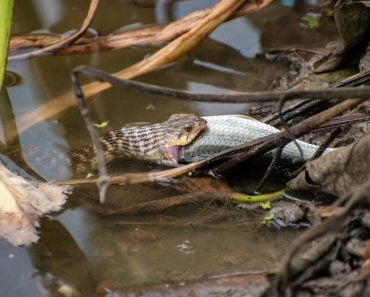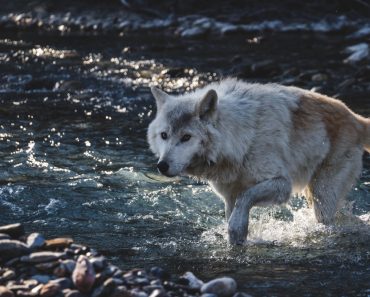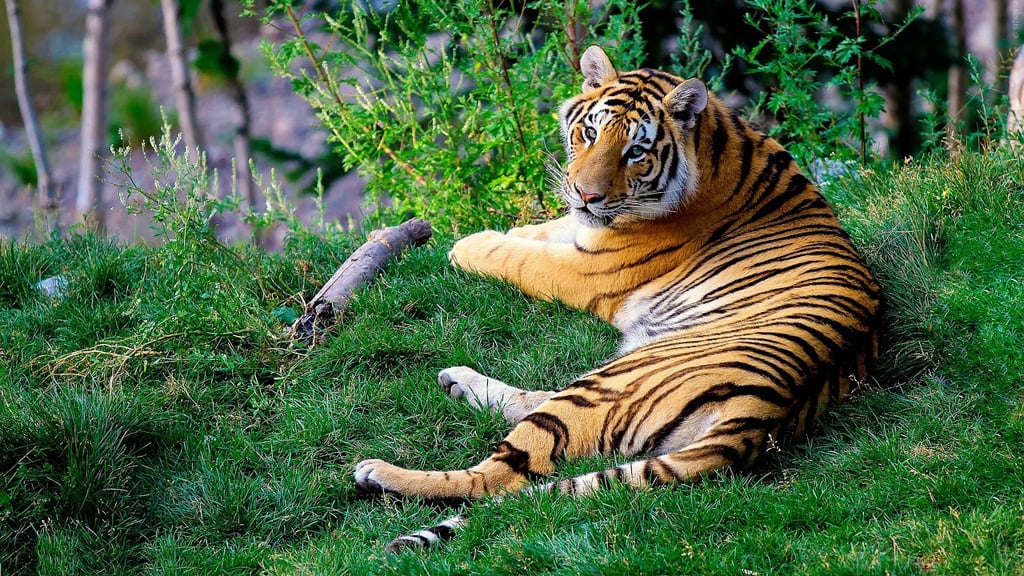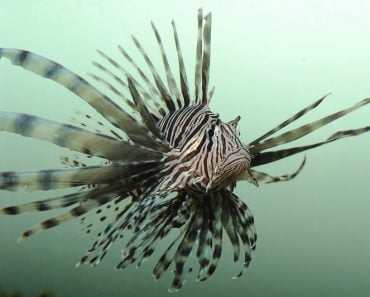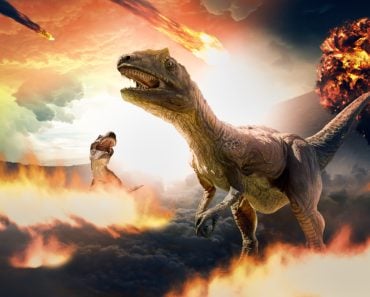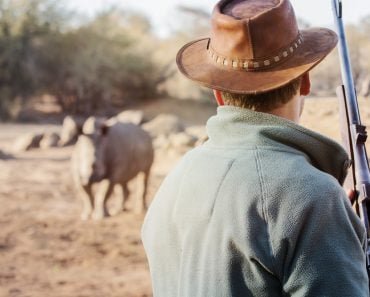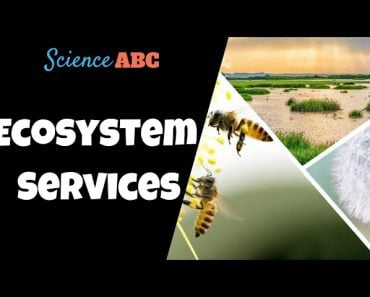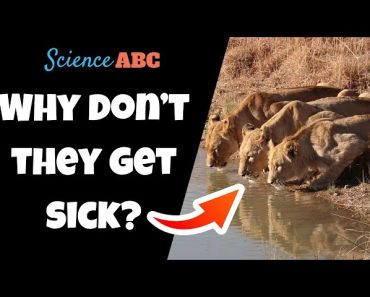Predators can affect ecosystems even without actually killing any prey. Apart from directly killing, predators also instil a sense of fear or risk in the mind of their potential prey species. Scientists claim that this is what happened with the elk and bison of Yellowstone.
In the book “The Law of Success”, author Napoleon Hill writes, “Fears are nothing more than a state of mind.” Although Hill was largely talking about humans, the feeling of fear is present across all members of the animal kingdom.
The fear of being killed influences how prey make their decisions, such as where to eat and how much time to spend eating there. Fear and the way it impacts behavior play a very important role in shaping the ecology of a landscape.
Scientists got to see this phenomenon in action in the 1930s after wolves were completely eradicated from Yellowstone National Park in the USA. In the aftermath, scientists noticed that elk and bison in Yellowstone became abundant in their numbers throughout the park.
Later, wolves were reintroduced in certain parts of the landscape. The elk and bison remained abundant in the rest of the park, but they started avoiding the areas where wolves usually operated, avoiding areas where the wolves might be.
Predators can affect ecosystems even without actually killing any prey.
Recommended Video for you:
Interactions And Ecosystems
Natural ecosystems have many moving parts. They are structured and maintained by a web of interactions between those moving parts. Some interactions benefit or help organisms survive, such as mutualism. An example of this can be found in lichen, which are basically associations between algae and fungi. The fungi help to gather nutrients and water from the environment, whereas the algae photosynthesize and provide food to the fungi. Some interactions are more competitive: a lion hunting a deer or a leech stuck to your leg. in these cases, one participant survives at the expense of the other.
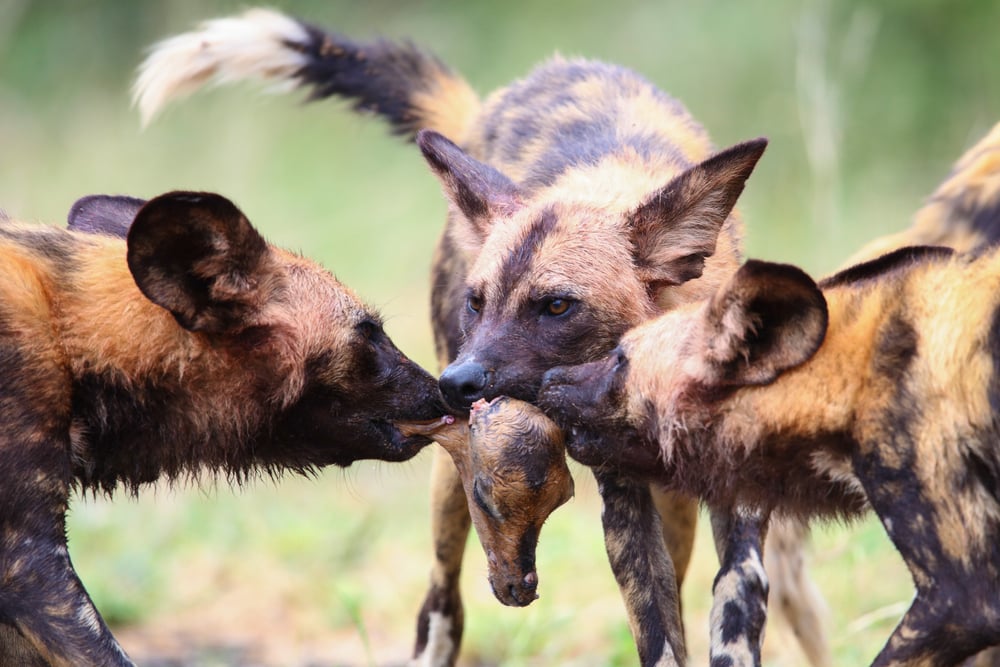
The interactions between prey (deer, rodents) and their predators (lions, wolves, snakes, eagles) are considered to be one of the major driving forces that shape the ecology and evolution of species. It determines that species and living organisms can thrive or survive in a particular location.
Predator-prey interactions in any given landscape are extremely dynamic in both space and time. The participating organisms need to constantly evolve novel ways to anticipate and adapt to the changing behavior of the other party. This helps both the predator and prey gain a potential benefit in this evolutionary arms race.
The Non-consumptive Effect: No Need To Kill Prey
Predators directly influence the size and demography of prey populations by imparting lethal effects in the form of predation.
Apart from directly killing their dinner, predators also instill a sense of fear or risk in the minds of their potential prey species. Scientists claim that this is what happened with the elk and bison of Yellowstone.
Fear of predators is not only present at the time of an attack. Even in the absence of an impending attack, prey species must be on red alert for even a whiff of being attacked.
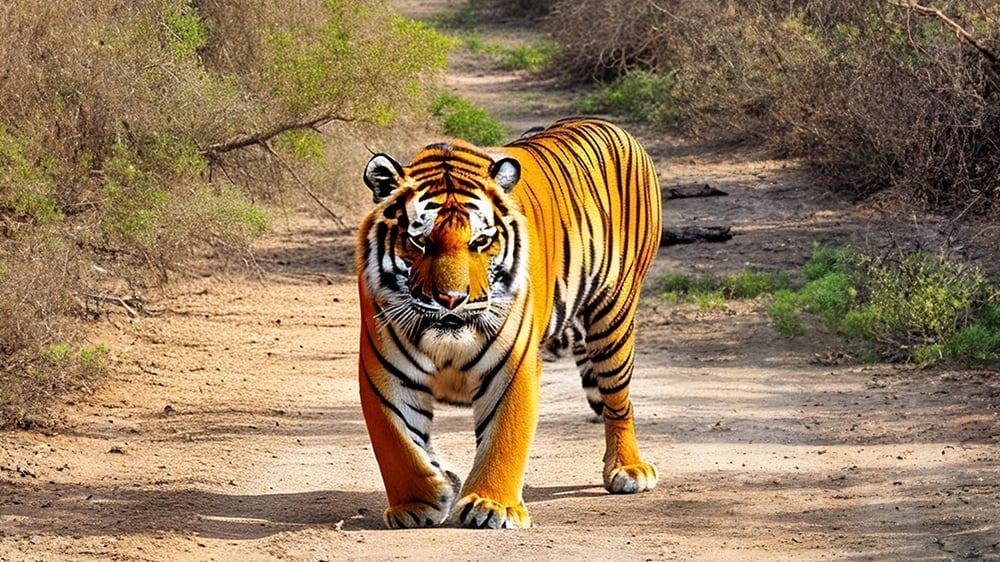
Most predators have select hunting sites, depending on their hunting strategy. Certain features like how rugged the landscape is might be useful for one predator, while tree-canopy cover to hide in might be more crucial for others.
This creates pockets of high and low predation risk in a landscape. Studies have reported that prey species tend to adjust themselves according to the identified risk in such a heterogeneous fear-landscape.
Ecology Of Fear
This concept of predators affecting the so-called “psychology” of prey is called the “Ecology of Fear”. It was first conceived in the late 1990s, and later, put into the context of a larger landscape and proposed as a hypothesis for the natural predator-prey interaction.
This hypothesis loosely states that prey individuals, apart from being an inhabitant of the physical landscape, dwell in another landscape or mindscape. This mindscape is affected by differing levels of predation pressure, which instill differing levels of fear, i.e., a “Landscape of Fear”.
This has been repeatedly proven to be a major driving force that determines how natural ecosystems are shaped.
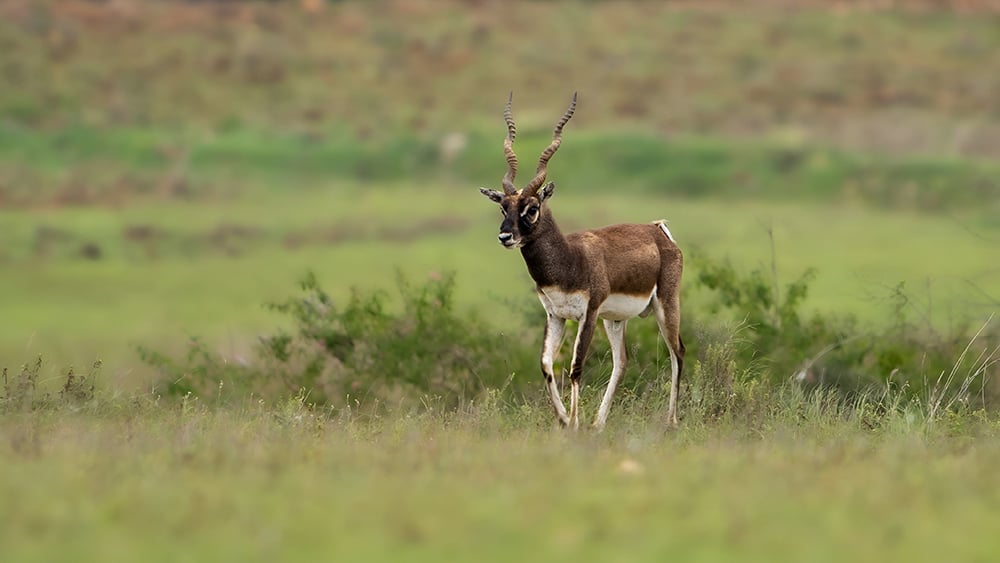
Landscapes Of Fear
The concept can be simply explained as the added psychological impact of a predator’s presence on its prey. Philosophically, it is the way an organism perceives the world around it. Such a perception eventually impacts how it makes decisions.
Predation risk, as perceived by a prey species, can depend on several factors. Studies have shown that four major factors govern landscape-level fear response in prey species.
- Biological diversity of the predator community
- The activity of the predators
- Intensity of predation pressure
- The ability of the prey to predict the probability of being attacked
Prey species can respond to predation risk in a plethora of ways. They often do so by altering their behavioral, morphological or physiological adaptations.
Changes In The Face Of Risk
Prey may change their behavior if they think a predator is nearby. They may show increased vigilance, altered activity and movement patterns, changing group size, modified foraging strategies, and at its extreme, even habitat use patterns.
Increased vigilance is one of the most widely adopted strategies to increase the probability of predator detection by prey; it increases the chances of avoiding becoming prey. While vigilance ensures some form of safety from predators, it also comes with some cost.
With increasing vigilance, the prey species invest less time doing other activities, like feeding. Therefore, when a species inhabits a high-risk landscape, it loses out on the quantity of food it can consume. This eventually negatively affects the fitness of the individuals, making them more susceptible to other disturbances.
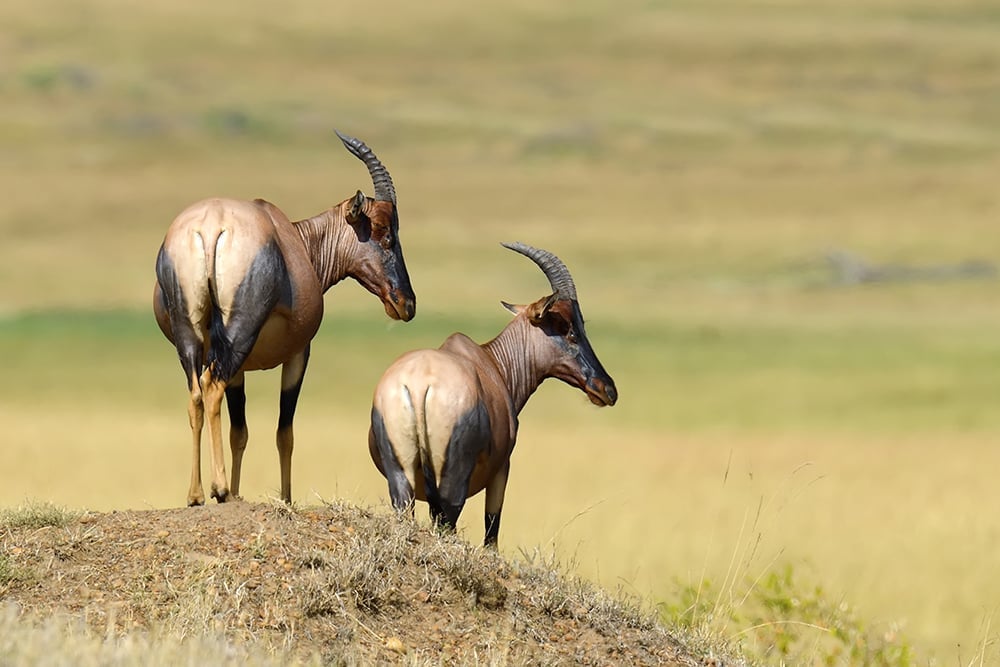
Going Down The Hill
So, if we return to Napoleon Hill, we can argue that fear is not necessarily just a state of mind, at least in the animal world. Individuals do not get to have complete control over it, and if they let go of their fear, they might end up being dinner for their vigilant predators.
References (click to expand)
- Abernathy, H. N., Crawford, D. A., Chandler, R. B., Garrison, E. P., Conner, L. M., Miller, K. V., & Cherry, M. J. (2023, July 7). Rain, recreation and risk: Human activity and ecological disturbance create seasonal risk landscapes for the prey of an ambush predator. Journal of Animal Ecology. Wiley.
- Palmer, M. S., Gaynor, K. M., Becker, J. A., Abraham, J. O., Mumma, M. A., & Pringle, R. M. (2022, October). Dynamic landscapes of fear: understanding spatiotemporal risk. Trends in Ecology & Evolution. Elsevier BV.
- Creel, S., & Christianson, D. (2008, April). Relationships between direct predation and risk effects. Trends in Ecology & Evolution. Elsevier BV.
- Brown, J. S., Laundre, J. W., & Gurung, M. (1999, May 20). The Ecology of Fear: Optimal Foraging, Game Theory, and Trophic Interactions. Journal of Mammalogy. Oxford University Press (OUP).
- Brown, J. (1999). Vigilance, patch use and habitat selection: Foraging under predation risk. Evolutionary Ecology Research, 1, 49-71.
- Gaynor, K. M., Brown, J. S., Middleton, A. D., Power, M. E., & Brashares, J. S. (2019, April). Landscapes of Fear: Spatial Patterns of Risk Perception and Response. Trends in Ecology & Evolution. Elsevier BV.
- Laundré, J. W., Hernández, L., & Altendorf, K. B. (2001, August 1). Wolves, elk, and bison: reestablishing the "landscape of fear" in Yellowstone National Park, U.S.A. Canadian Journal of Zoology. Canadian Science Publishing.
- Bauman, A. G., Hoey, A. S., Dunshea, G., Fong, J., Chan, I. Z. W., & Todd, P. A. (2021, July). Fear effects and group size interact to shape herbivory on coral reefs. Functional Ecology. Wiley.
- Ciuti, S., Northrup, J. M., Muhly, T. B., Simi, S., Musiani, M., Pitt, J. A., & Boyce, M. S. (2012, November 28). Effects of Humans on Behaviour of Wildlife Exceed Those of Natural Predators in a Landscape of Fear. (N. Moreira, Ed.), PLoS ONE. Public Library of Science (PLoS).
- Thaker, M., Vanak, A. T., Owen, C. R., Ogden, M. B., Niemann, S. M., & Slotow, R. (2011, February). Minimizing predation risk in a landscape of multiple predators: effects on the spatial distribution of African ungulates. Ecology. Wiley.

